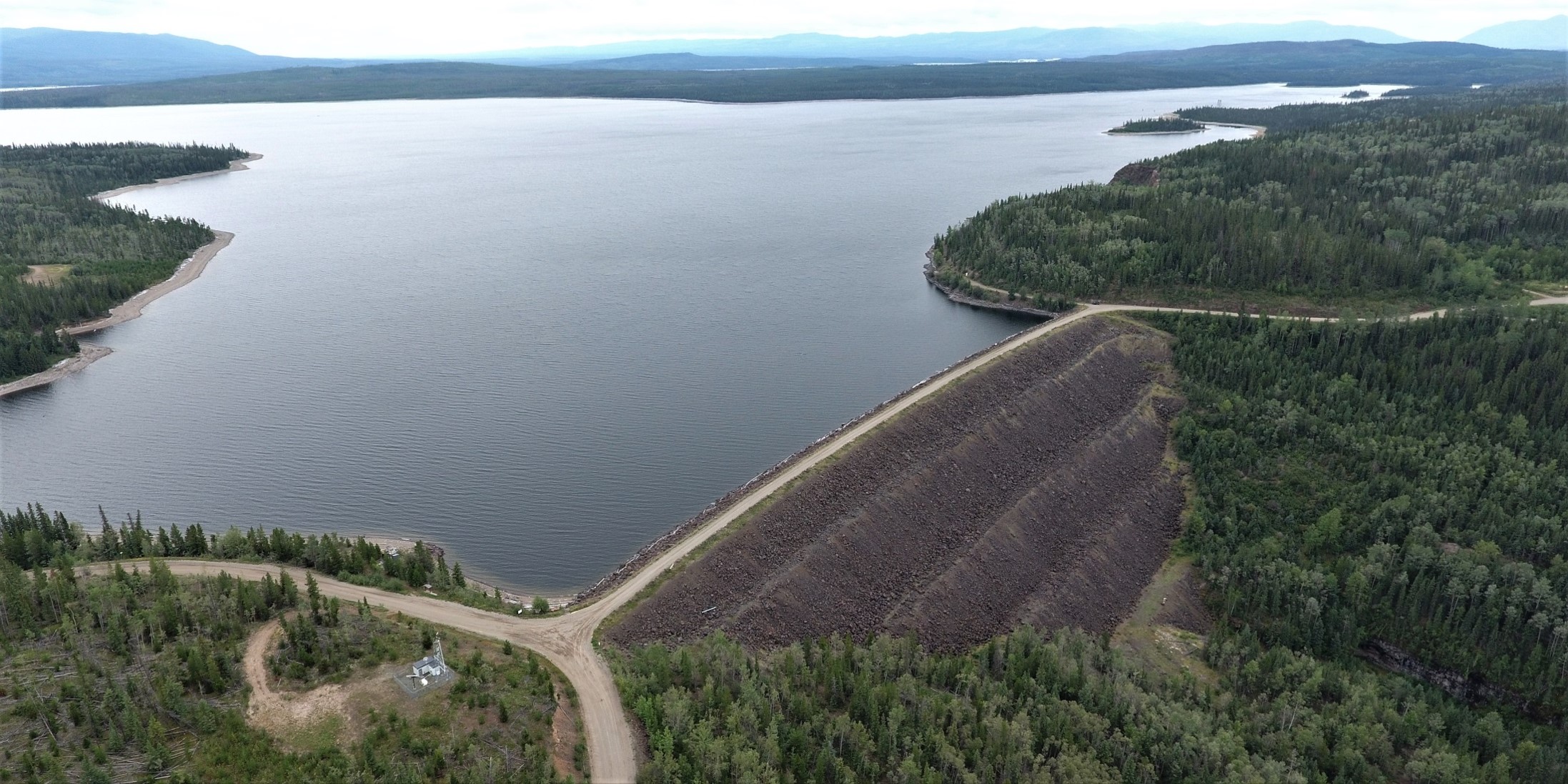A recent UNBC study looked at 500 rivers across North America to learn about hydropeaking in rivers with hydroelectric dams
What is hydropeaking? Stephen Dery, Professor of Geography, Earth, and Environmental Sciences at UNBC explains.
“Hydropeaking is not a new phenomenon, but maybe the term is relatively new, it’s applied to flows downstream of hydro electric dams. Hydropower and production will vary depending on the time of day and the day of the week. So these fluctuations in the flows downstream of hydro power dams are called hydropeaking. Of course the flows tend to increase during the week days. We tend to use more electricity during the weekdays than on the weekends where the flows tend to be relatively low. The goal of our study, was to try and formulate a new index, and we call it the weekly hydropeaking index, to try and quantify these periodicities in the flows on the weekly time scale.”
Dery said in the study, they used 500 sites across North America, and daily hydrological data. He added some of the sites had data dating back to 1920, including two rivers in British Columbia.
“Some of the rivers we did find a high value of our index, so this was a positive value were the Peace River, Columbia River. These rivers have dams, we can think about WAC Bennett dam, and the Peace Canyon on the Peace River for instance and upstream of those two dams, we did see our index value going between 1 to 3 indicating this weekly periodicity in the flows. This indicates downstream of these hydroelectric dams that we have low flows on the weekends, so Saturday and Sunday, and then the higher flows occur from Monday to Friday, as you would expect, because commercial, industrial, and educational activities increases during the weekdays.”
Dery added that the ramping up and down with the flows were not particularly good for the aquatic life.
“It causes additional stress, the fish can be stranded, once we have the water levels go down. It’s also not particularly good for insects that will tend to lay their eggs just below the water level, and if the water level goes down the eggs will tend to dry out and not hatch.”
However, Dery said the hydropeaking cycles are starting to diminish in intensity across North America, which he thinks will be beneficial to aquatic life, such as fish, insects, and other animals.
In terms of future applications for the study, Dery says they’re developing improved hydrological models with the knowledge of what the weekly hydropeaking index value is for a given river.
“I think hydro power companies are particularly interested in seeing how they manage their waterways, and this is a useful metric to look at that, and how that may change in the future. We’re depending less and less on hydro power to meet peak demand. Now we have windfarms, and solar energy entering the grid, supplying additional power.”
Something going on in the Prince George area you think people should know about?
Send us a news tip by emailing [email protected].






